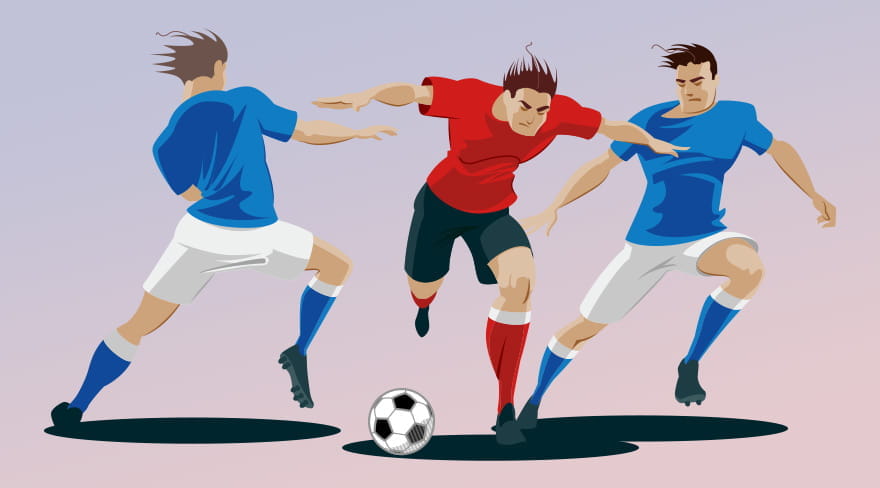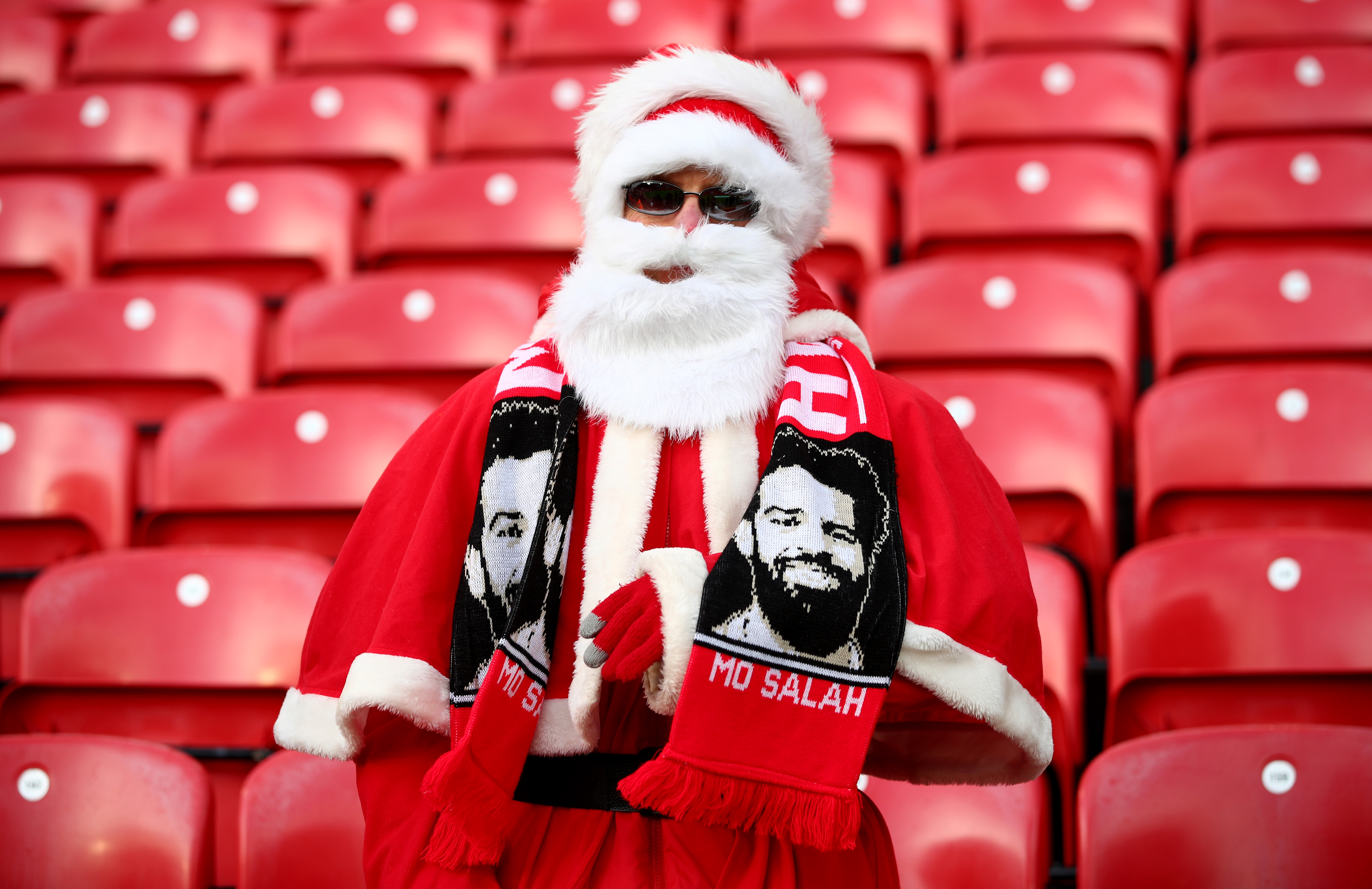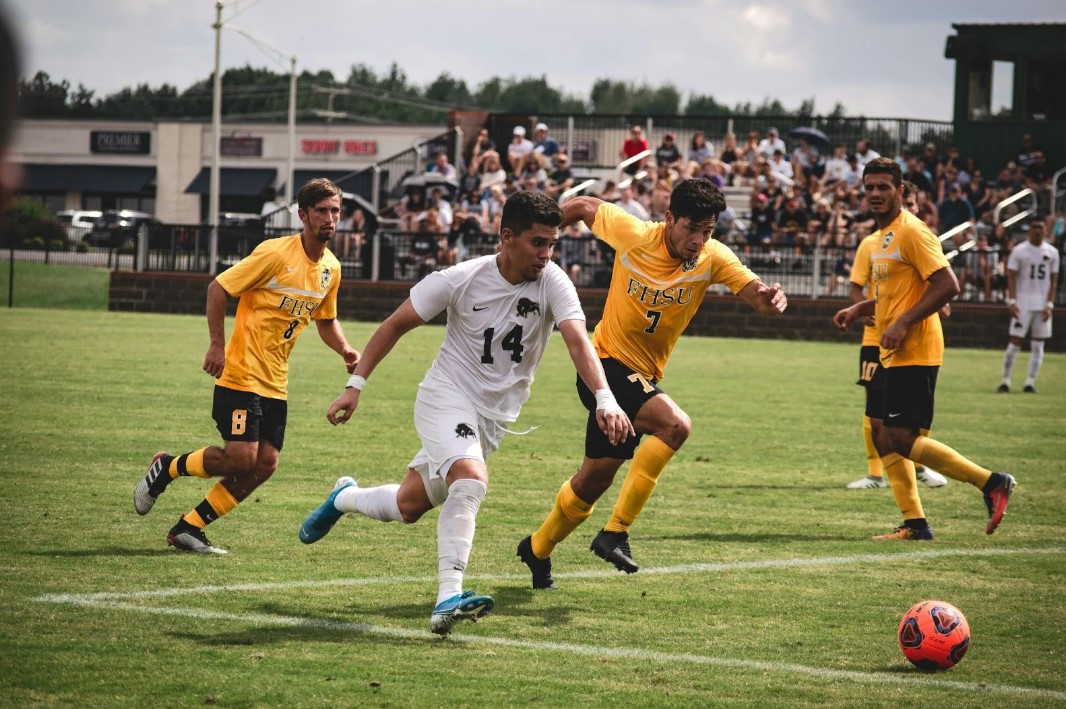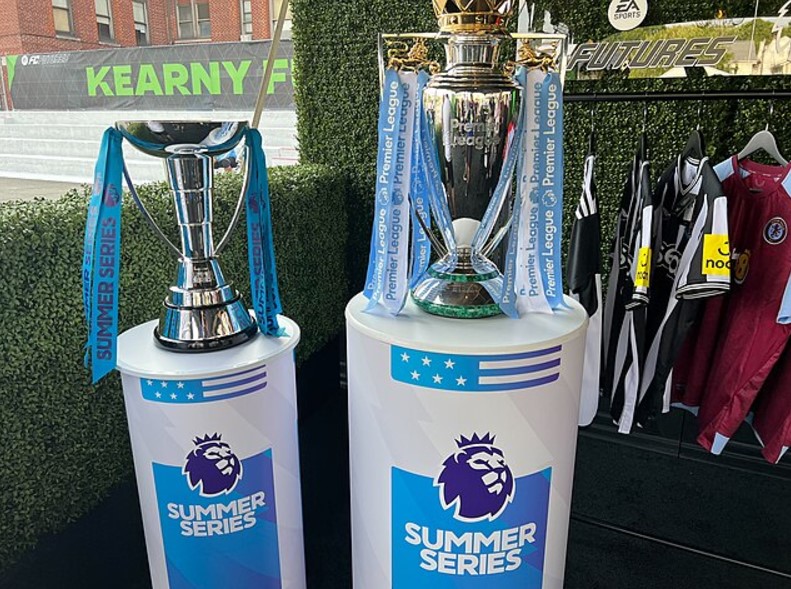Designing for Passion: The Creative Process Behind Football Shirts
Behind every design lies a meticulous process that
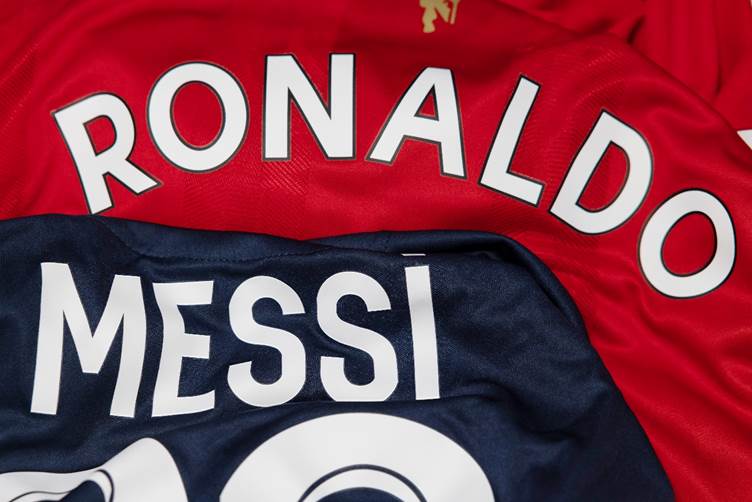
Football shirts are more than just kits worn on match days—they are canvases of creativity, identity and passion. Demand for this memorabilia has grown so much that football shirt prices have reached record highs.
Behind every design lies a meticulous process that balances performance, artistry and cultural storytelling. Here, we delve into the fascinating world of football shirt design.
Balancing Functionality and Aesthetics
Football shirts must serve dual purposes: delivering peak performance on the pitch while captivating fans with their visual appeal. Designers work closely with manufacturers to craft lightweight, breathable fabrics that keep players comfortable under intense conditions.
Advanced materials like moisture-wicking polyester or mesh panels ensure functionality, while techniques like sublimation printing bring long-lasting designs to life. Designers often test prototypes rigorously, ensuring that bold patterns or intricate graphics do not compromise performance.
Inspirations Behind Iconic Designs
Some football shirts have transcended the sport to become cultural icons.
Take Nigeria's 2018 World Cup jersey, a bold green-and-white zigzag design inspired by traditional agbada robes. Its fresh, daring aesthetic became an instant global hit, selling out within minutes of release and becoming one of the best football kits of all time.
Similarly, the iconic 1990 West Germany shirt featured a geometric design representing unity, a poignant nod to the country's reunification.
These stories demonstrate that great football shirts are not just about aesthetics. They carry deeper messages, reflecting cultural movements or the ethos of the club they represent.
Incorporating Team Identity and Heritage
The heart of any football shirt lies in its ability to tell a club’s story. Designers dive deep into a team’s heritage, incorporating elements that resonate with fans. Colours, crests and subtle nods to historic achievements are woven into the fabric to create a sense of continuity.
For example, a football shirt for Liverpool FC’s Mac Allister wouldn’t make sense without the iconic club’s emblem and red-coloured kit that gives fans their nickname.
Fan Feedback and Its Influence on Design
Clubs often solicit feedback through polls or focus groups to gauge fan preferences. In some cases, supporters are invited to contribute directly to the design process.
The growing trend of third kits has been heavily influenced by fans' desire for something unique. These collaborations not only boost shirt sales but also reinforce the bond between the club and its supporters.

